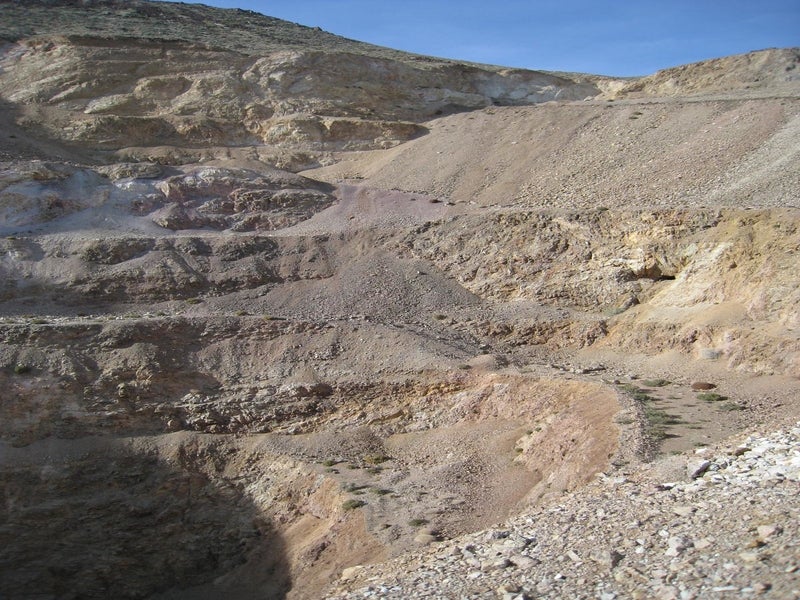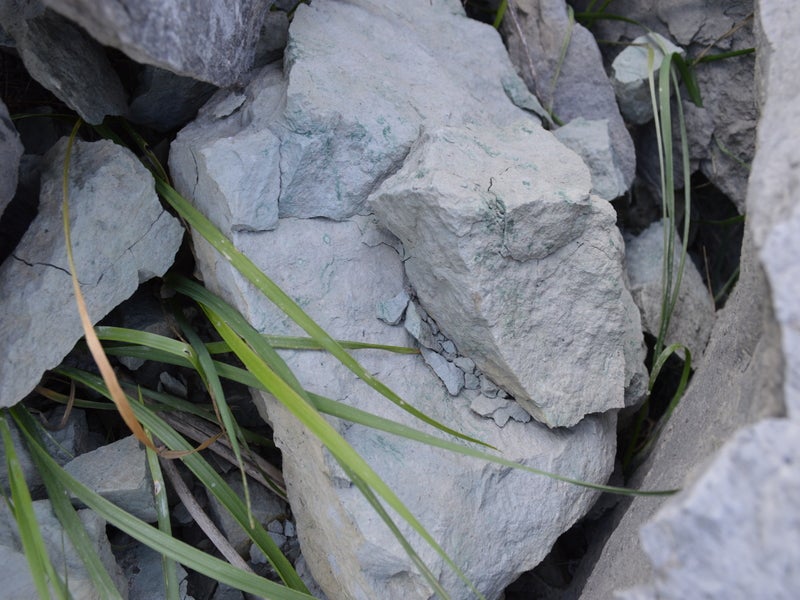The Cerrado Verde is a phased open-pit potash mining project under development in the Minas Gerais state, Brazil. Agricultural technology company Verde AgriTech, through its subsidiaries Verde Fertilizantes and FVS Mineração, is developing the project.
A new pre-feasibility study (PFS) was released for the project in May 2022, replacing the PFS announced in December 2017. The initial PFS was delivered in March 2014.
The Cerrado Verde project involves the production of potash products through three plants with different capacities. Plant 1 is already in production with a designed capacity of 0.6 million tonnes per annum (Mtpa), while plant 2 is expected to be commissioned by the third quarter of 2022 with a total capacity of 2.4Mtpa.
Plant 3 is anticipated to add 10Mtpa capacity to the project and the construction work on the facility is expected to begin in 2023. To be constructed with an investment of £42.4m ($52.7m), the third plant is expected to increase the overall production capacity of the potash project to up to 13Mtpa.
The Cerrado Verde potash project is estimated to have a mine life of 72 years at an annual production rate of 10Mtpa. It will produce BAKS and K Forte to be sold as Super Greensand, a multi-nutrient fertiliser product, in the international market.
Location, geology and mineralisation
The Cerrado Verde potash project is located approximately 39km to the east of São Gotardo city in the Alto Paranaiba region, Minas Gerais state, Brazil.
The project site lies within the hydrographic basin of Indaiá River, a tributary river on the left-hand margin of the São Francisco River. It is located in close proximity to the Brazilian savannah (Cerrado), one of the largest agricultural regions of the country.
Cerrado Verde consists of 30 granted exploration permits with an aggregate area of 52,274ha along with three additional areas covering 4,350ha.
The potash project is primarily underlain by Neoproterozoic and Cretaceous rock units, with Cenozoic sandstones, lateritic sediments and soils partially covering them. The rocks, including the glauconitic siltstone unit, are represented by the Bambuí Group, consisting of the marine deposits of the Paraopeba formation, the Serra de Santa Helena formation and the Serra de Saudade formation.
The mineralisation occurs in the form of a glauconitic siltstone unit containing high content of K2O. It appears as fine-grained siltstone and alternating with more massive levels along with some intercalations of dark-green argillite sheets.
The thickness ranges from 15m to 80m in the southernmost domain, while it is more than 50m in the northern half of the Serra da Saudade range.
The potassium mineralisation occurs as mineral forming elements of glauconite, K-feldspar and muscovite-sericite.
Estimated resources and reserves
The Cerrado Verde potash project was estimated to hold approximately 1,472 million tonnes (Mt) of measured and indicated mineral resources grading at 9.28% K2O (at 7.5% K2O cut-off), as of May 2022.
The inferred mineral resources are about 1,850Mt at 8.60% K2O (at a cut-off grading 7.5% K2O), whereas the probable and proven mineral reserves stand at 777.28Mt grading 9.78% potassium oxide (K2O).
Mining method and ore processing
The Cerrado Verde potash project involves a conventional open-pit mining method using shovels and trucks due to the presence of the ore deposit near the surface. Hydraulic crawler excavators are used for excavating and truck loading operations of ore and waste.
The ore is hauled to the processing unit, where crushing, sifting, and grinding operations will be carried out for the production of the final product.
Motor graders, road trains, track tractors, loaders, utility vehicles and irrigation tank trucks constitute the auxiliary equipment for the maintenance of roads and access routes, dust control, drainage, and lubrication to ensure proper mining operations.
Infrastructure facilities
The infrastructure facilities at the Cerrado Verde potash project include plant roads, communication systems, an administration building, a maintenance workshop and warehouse building, and a refuelling facility.
Water and power supply
Water usage at the Cerrado Verde site is limited to dust control and domestic purposes, as a dry processing method is used for the production of the final product.
The electricity requirements of the project are met through a 13.8kV national grid system of Brazilian power company CEMIG. The system is connected through a 30km-long transmission line from a substation located near the town of São Gotardo.
Contractors involved
Agricultural consulting company Tec-Fértil was engaged to conduct a market study to support the new PFS that was announced for the Cerrado Verde potash project in March 2021.
BNA Consultoria e Sistemas (BNA) was commissioned by Verde Agritech to prepare a technical report for the PFS in 2017, whereas Americas (AMEC), NCL Ingeniera y Construccion (NCL) and Andes Mining Services (AMS) carried out the initial PFS of the project in 2014.
SRK Consulting prepared a preliminary economic assessment (PEA) report in February 2012.
Coffey Mining was contracted to deliver a complete mineral resource estimate for the potash project in March 2010.





